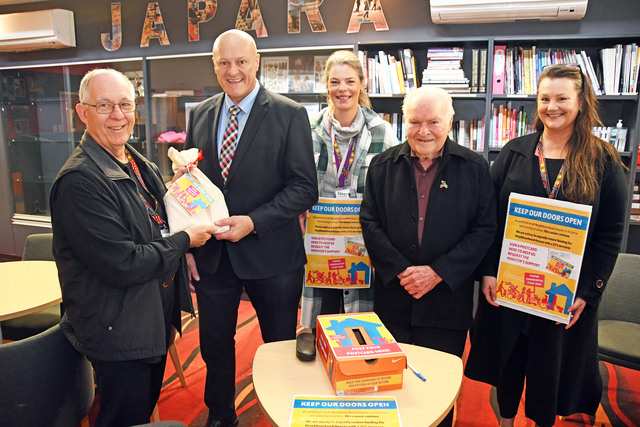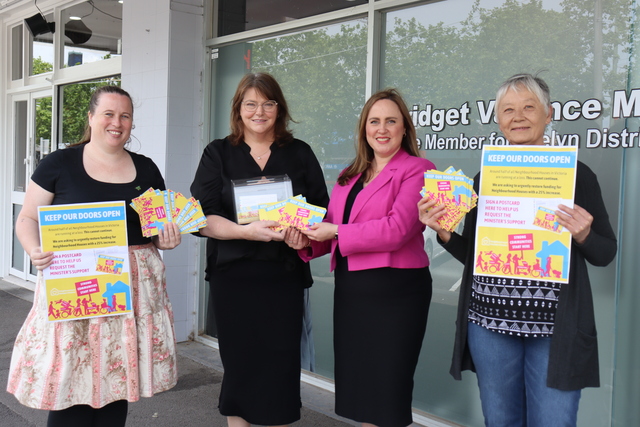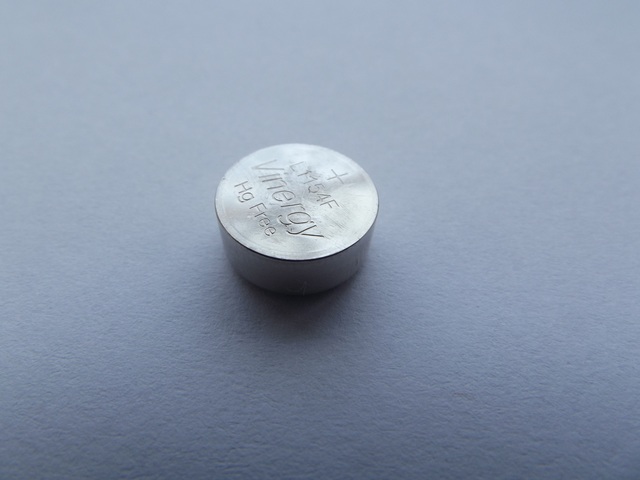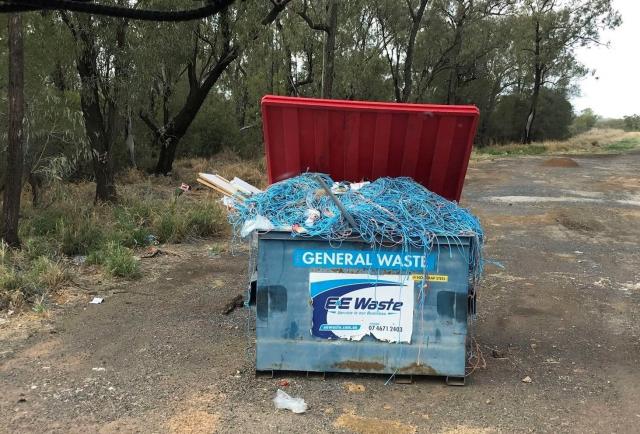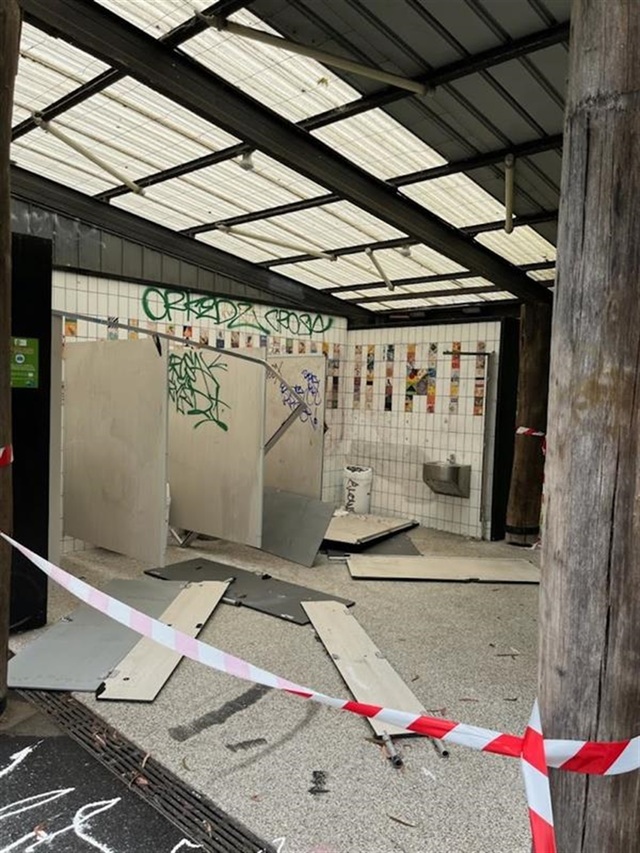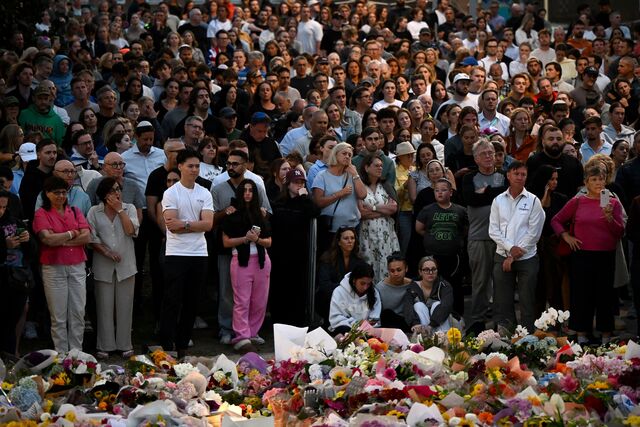A push to keep the doors open at neighbourhood houses across the state has reached its final days, seeing hundreds of postcards posted locally to form a gentle petition for more funding.
The two-month campaign, led by Neighbourhood Houses Victoria, was calling on the State Government to increase annual funding by $11.7 million or risk the closure of 200 houses.
Throughout the network of 400 neighbourhood houses in Victoria, community members were encouraged to sign a postcard and write a message about the importance of their house.
Japara Neighbourhood House in Kilsyth, and Lilydale, Mt Evelyn and Seville Community Houses all joined the campaign, dropping off the collected postcards to local MPs on Thursday 27 and Friday 28 November.
“In two weeks, Japara has collected 268 funding campaign postcards, the majority with incredible comments expressing how much their local neighbourhood house means to them in practical and meaningful ways,” Japara chairperson and executive director Mark Doubleday said.
Just some of the messages included:
“Many times I received support when needed, I have made great friendships and I also volunteer at my neighbourhood house. Neighbourhood houses are urgently needed.”
“It’s close to where I live, which enables me to participate with other locals in activities that keep me healthy. It’s a lovely space to stay connected.”
“To connect with community it’s great for mental health in this tough climate.”
“As a migrant to Australia, I truly value community activities. They make my life feel grounded, supported and joyful. Thank you.”
Mr Doubleday said neighbourhood houses provide a range of programs and services addressing everything from digital literacy to supporting disengaged youth, food security and emergency management and resilience.
Mt Evelyn Community House program coordinator Anna Griffith said the houses keep communities connected and are a place where they can drop in to feel less isolated.
“People come on their best day, but they also come on their worst day,” she said.
“Day to day, having those small groups that get to meet and get to share their life together, is so special,” Seville Community House manager Stacie Adams said.
But more than that, neighbourhood houses are proven to turn every dollar raised into measurable and positive community benefits.
“For Japara in 2024 locally, for every $1 raised as income, we have turned that into $4.60 of verified community value or a total of $3.5 million across our services and programs,” Mr Doubleday said.
“Every neighbourhood house would have similar community benefit numbers and community value.”
Neighbourhood Houses Victoria’s data shows just that, with every $1 of ongoing funding returning $21.94 in community value.
“It’s a ‘safe bet’ for the government to increase funding to neighbourhood houses; the funds are turned into value-added services backed by a huge voluntary commitment from boards of management to volunteers in services,” Mr Doubleday said.
“To keep providing this value, we need more support to keep our doors open.”
Unfortunately, with inflation increases and the cost of bills, Ms Adams said the 80/20 funding model, with 80 per cent of the funding intended to cover manager wages and 20 per cent to provide operational funding, no longer suffices.
The Yarra Ranges is home to 12 neighbourhood houses, and Councillor Len Cox said community houses are “one of the most important centres for the community” and “it just does so much good for so many people and and we do need it badly”.
In the Croydon electoral district, there are six houses.
Data collected from a 2024 survey of nearly 29,000 respondents showed that in the Croydon district, 54,588 visits occurred at a neighbourhood house, 6335 sessions held, 33,336 kilograms of food relief given, and $17 million of community value provided.
Croydon MP David Hodgett said at the handover of postcards on 27 November that he has seen firsthand the benefits that neighbourhood houses deliver to a local community.
“It’s not just a programme of activities and events and classes. You talk to people about their experience in neighbourhood houses, and it’s the inclusion, it’s the connectedness, it’s the wellbeing, mental health, that are intangible things (for why) people congregate and come here,” he said.
“Like everything else, it costs to run them. Costs are going up. Budgets don’t keep up with those costs, and we’ve got a campaign here to try and get a fair increase in funding.”
Mr Hodgett congratulated Japara and the broader neighbourhood house network for their approach to this campaign.
“It’s a non-offensive campaign…I think a postcard campaign is terrific. And as Mark was saying, there’s potential across Victoria for 40,000 plus postcards to the minister,” he said.
“That’s a nice, firm, but gentle way of getting the message through to the Minister to say, we need assistance and greater funding.”
In the Evelyn district in 2024, across Lilydale, Mt Evelyn and Seville, there were 8500 visits to one of the three houses, 1741 sessions held, 600 kilograms of food relief provided and $1.1 million in community value.
Evelyn MP Bridget Vallence said you can’t put a dollar value on community houses because of the invaluable range of services they provide.
“We know that community houses provide programmes and services and support to our youngest people, babies through to our most experienced members of our community,” she said on Friday 28 November.
“It offers a safe place for people to come and connect, to make new connections, to get the support that they need. They might be isolated, and there’s a programme that suits their needs.”
Ms Vallence said the pandemic really highlighted the prevalence of community houses and their need to ensure people remained connected.
“The Covid pandemic years really highlighted to us the immense value of community houses, because that was when people were in a period of stress, with concerns about the health pandemic, in lockdowns, and community houses demonstrated how nimble they were to keep people connected by going online.
“It really demonstrated that social connection is at the heart of community houses, and that is exactly what they are so good at.”
The campaign officially ends in mid-December, with all postcards to be delivered to Minister Ros Spence, giving the government and local MPs time to put forward a budget bid.

